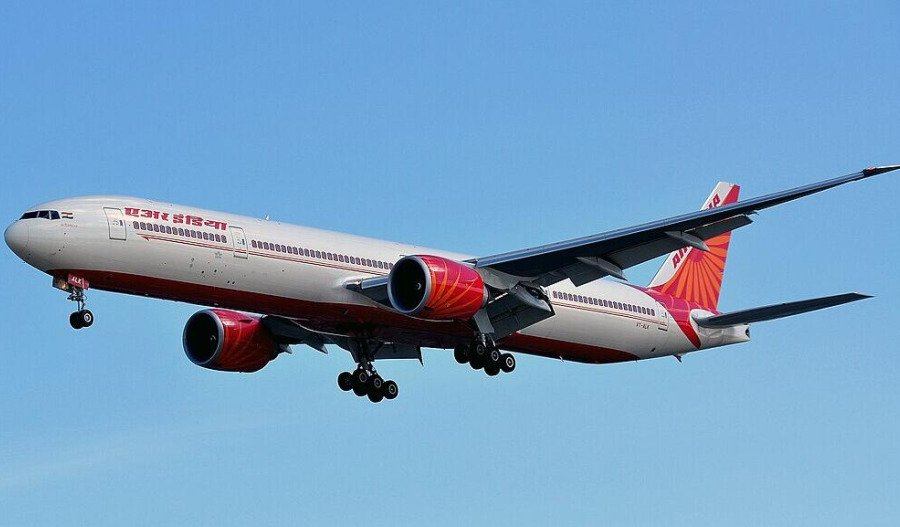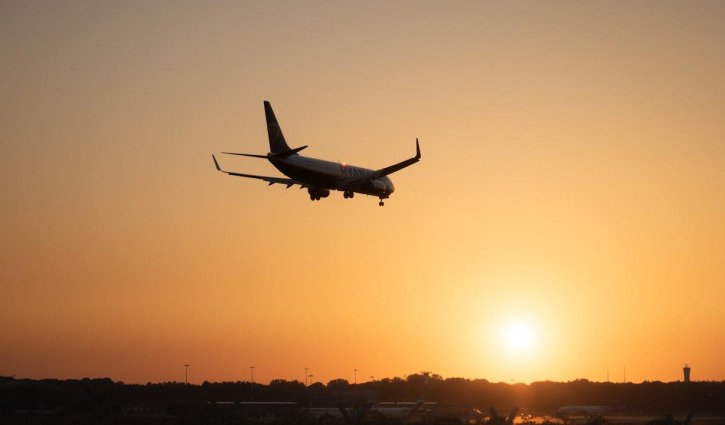On June 12, Air India Flight 171 — a Boeing 787 Dreamliner bound for London — plunged into a residential district of Ahmedabad just seconds after takeoff, killing 260 people including 19 civilians on the ground.
Passenger records show 169 Indian nationals, 53 British, seven Portuguese, and one Canadian aboard. Among the 242 on board (including 12 crew), the only survivor was 40-year-old Vishwash Ramesh.
A preliminary investigation by India’s Aircraft Accident Investigation Bureau (AAIB) revealed that both engine fuel switches were inexplicably flipped to “cutoff” three seconds after liftoff, starving the engines and triggering a catastrophic loss of thrust.
Cockpit voice recordings captured one pilot asking the other, “Why’d you cut off?” — to which the response was, “I did not do so”.
The switches were later found in the “run” position, suggesting a last-ditch attempt to restart the engines before impact.
Aviation experts insist these switches are designed to prevent accidental activation, raising questions about human error, mechanical failure, or even the flawed chip design.
While human error and mechanical failure are under investigation, chip design flaws have not been officially cited in the AAIB report.
For global luxury investors, this tragedy casts a long shadow over India’s aviation ambitions and Boeing’s reputation.
The crash — India’s worst in a decade — comes as Tata Group attempts to revamp Air India into a premium global carrier.
Boeing, already under pressure from past safety controversies, faces renewed scrutiny over cockpit ergonomics and engine switch placement.
While no fault has yet been assigned to Boeing or GE Aerospace, the optics are damaging.
As India positions itself as a future aviation hub rivalling Dubai, this incident underscores the urgent need for systemic reform, rigorous oversight, and investor caution in the region’s high-stakes aviation market.
Related content



